CMIP6: Not-so-sudden stratospheric cooling
Real Climate
MAY 21, 2023
So SSU me Like MSU trends, these records reflected a weighted average of atmospheric temperatures, and the three SSU channels progressively weight higher levels in the stratosphere, roughly centered on 30km, 40km and 45km above the surface but with quite a bit of overlap. Thompson et al. We are using the NOAA-STAR version 3.0


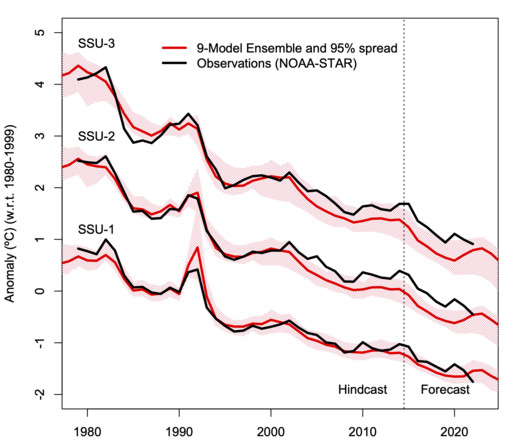
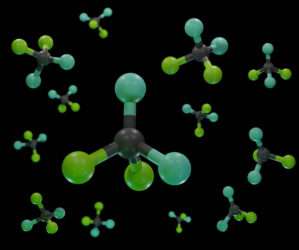
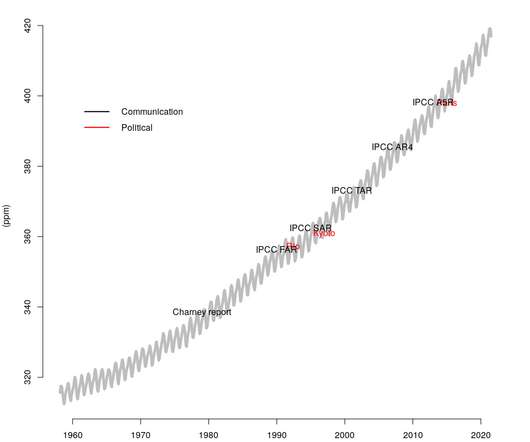


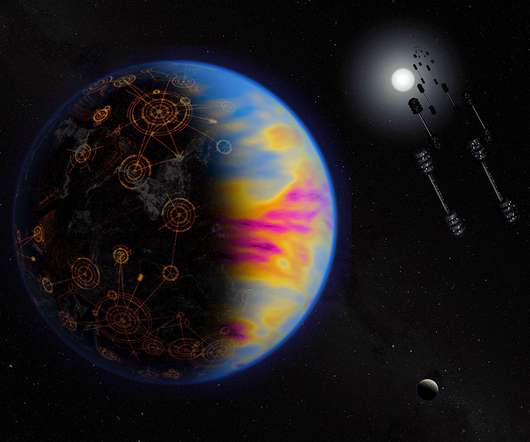
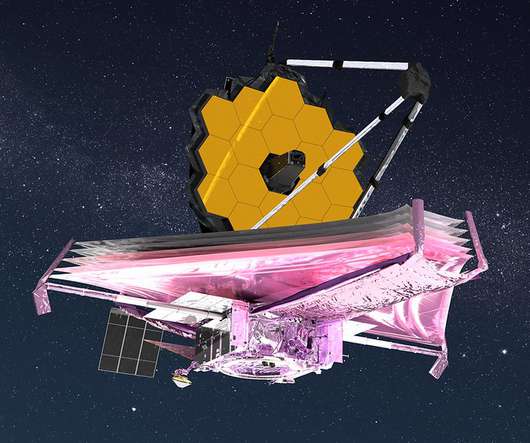









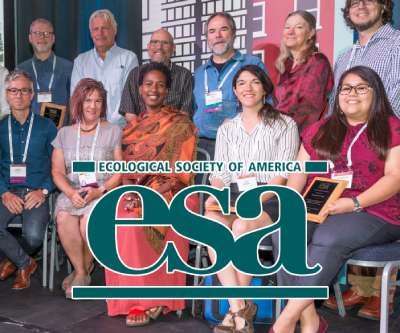






Let's personalize your content